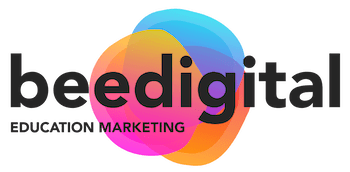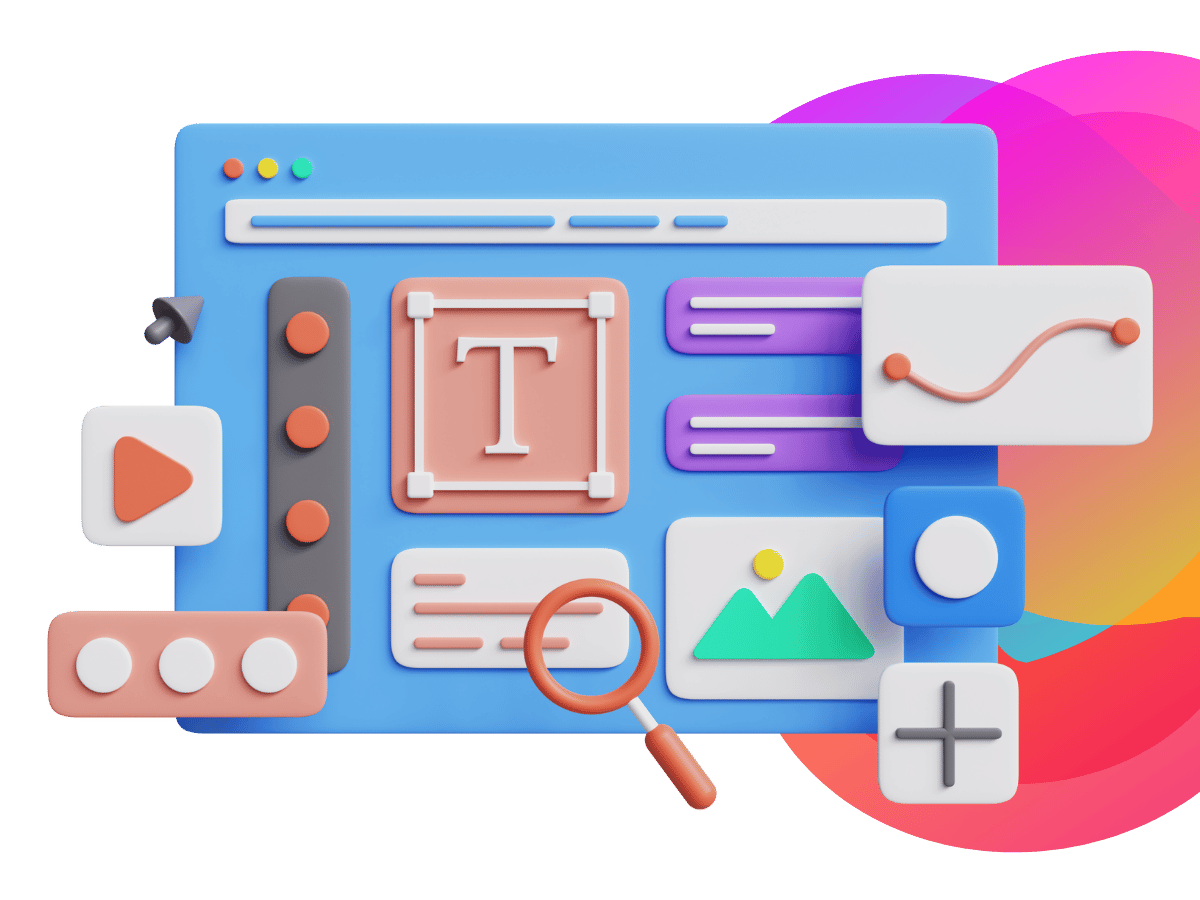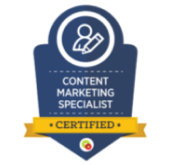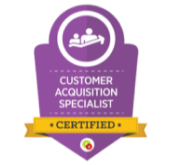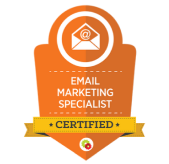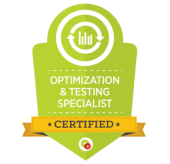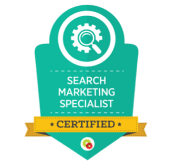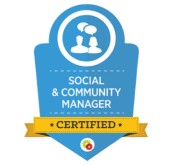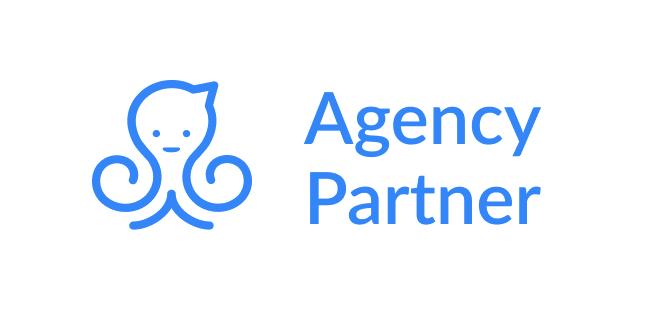For years, us marketers obsessed over traffic and getting as high up the search results as possible.
“What position are we in?”
“Did we climb for that keyword?”
But the truth is… with search engines like Google moving to fully personalised, AI-driven results, there’s no longer a single top-10 list that everyone sees.
Being “No.1 on Google” is kind of meaningless these days.
And did you know about zero-click results?
59% of Google searches end without a click. Why? Because the query is answered directly on the results page.
And that’s just traditional search.
Tools like ChatGPT are also starting to swallow up search behaviour.
If I want to know about baking my own bread and what machine to buy? ChatGPT is a far better (and more efficient) option than clicking through random blogs and product sites.
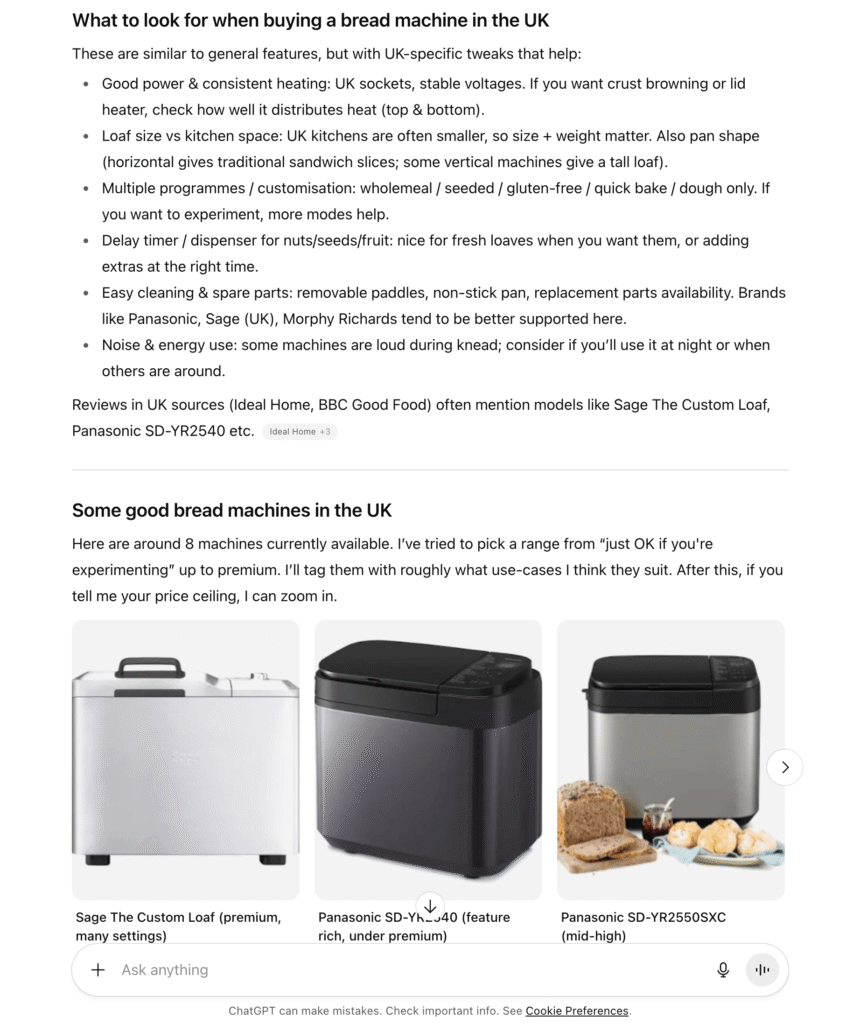
Now every searcher now gets their own results page
Yes, LLM usage is growing, but so far it’s still a minority behaviour compared with traditional search.
Even so, we’re already at the point where every searcher now gets their own results page, tuned to intent, history, and behaviour.
That means:
- Fewer overall clicks to your marketing site
- A decline that’s not going to stop
But there’s a flip side. The clicks that do land on your site are higher quality.
More ready to act.
Google isn’t really sending casual browsers anymore.
It’s sending the people who are ready to buy, book a call, or sign up.
Also, AI search results and LLMs like ChatGPT are doing the top-of-funnel work for you. By the time someone clicks, they’re likely warm, curious, and far closer to decision mode than they used to be.
“Referrals coming directly from LLMs often appear to be higher quality, with people more likely to convert to sales.”
"95% of users still use traditional search monthly, with 86% considered heavy search users. AI is worth exploring - but it’s not time to shift all your focus there. Search continues to be the default behavior for nearly everyone, and ignoring it risks overlooking the single biggest way audiences still discover information online."
So yes, visibility still matters. But what happens after the click matters even more.
So how do you meet this new challenge?
If your website looks dated, loads slowly, or doesn’t instantly communicate your value, those rare and valuable visitors will bounce.
If it feels generic or confusing, the trust you need to spark action just won’t stick.
That’s why your website is no longer a “marketing nice-to-have.” It’s your storefront for the most qualified traffic you’ll ever receive.
Think of it this way:
Ten years ago, a cluttered site might have survived because the volume of clicks covered the cracks.
Today, with fewer but more decisive clicks, you can’t afford leaks.
Your website is where the deal is either made or lost.
And when you’re selling to schools, that matters even more. Why?
- Because teachers simply don’t have time to dig, they need clarity in 5 seconds or they’re out.
- Because school business managers are scanning your site with risk radar on full blast.
- Because MAT leaders expect polish, coherence, and evidence (not vague promises about “empowering all learners” and tiny screenshots).
Your website is a silent pitch. If it’s messy, slow, or unclear, they’ll assume your product is too.
What should companies do to future proof their website?
A refreshed design and user experience is a critical part of the puzzle, but not the only thing to consider. To make your website truly effective, you also need to:
Test what people actually do on your site
Use tools like Hotjar or Microsoft Clarity to watch behaviour. Where are school staff getting stuck? What are they skipping?
Get your words right
Your site copy should reflect the current pain points and priorities your audience is living through. A killer value proposition can be make or break.
Show real world impact
Showcase testimonials, logos, accreditations, case studies, and security assurances.
Speed matters
Teachers might be browsing on school wifi (not always great!). Site speed is conversion-critical. Every extra second of load time drops conversions.
Design for mobile first
Many people, especially if coming from an email link, will be browsing on their phone during breaks, commutes, or CPD time.
Make your website the hero
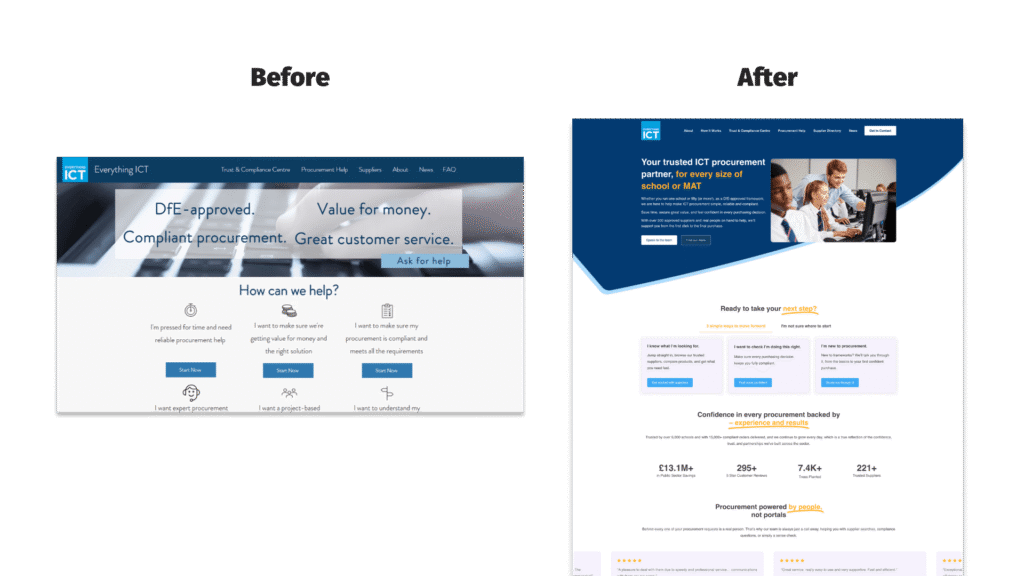
So if you’re still treating your website like a digital brochure – something static you made a while ago and haven’t looked at since – now’s the time to rethink.
More traffic isn’t the whole answer. You still need a site that converts the clicks that still come your way.
One that builds trust fast and speaks directly to school decision-makers.
Solving this for our clients is exactly what our website design service is built for: education brands that sell to schools and need their site to work harder (not just look nice).
Because if your website isn’t doing the heavy lifting, your next best lead might already be slipping away.

